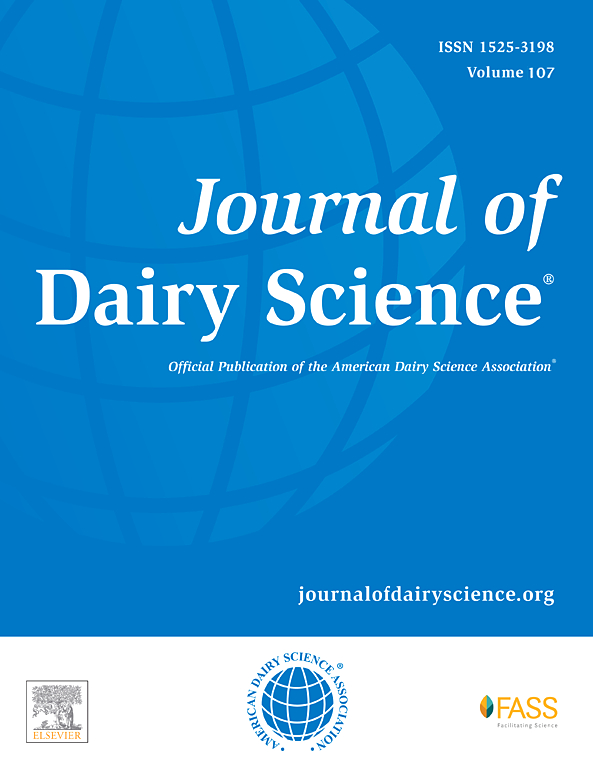Invited review: Management of genetic defects in dairy cattle populations
IF 3.7
1区 农林科学
Q1 AGRICULTURE, DAIRY & ANIMAL SCIENCE
引用次数: 0
Abstract
When related animals are mated to one another, genetic defects may become apparent if recessive mutations are inherited from both sides of the pedigree. The widespread availability of high-density DNA genotypes for millions of animals has made it possible to identify and track known defects as well as to identify and track previously unknown defects that cause early embryonic losses. Although the number of known defects has increased over time, the availability of carrier information has been used to dramatically reduce the frequency of many disorders. The economic impact of known genetic defects in the US dairy cattle population has decreased by ∼2/3 since 2016, due largely to the avoidance of carrier-to-carrier matings. Effective population management requires robust systems for reporting new defects, identification of causal mechanisms, and development of commercially available tests. The United States and Canada depend on informal cooperation among many groups, including farmers, purebred cattle associations, genetics companies, and researchers, to identify emerging and causal defects. The structure of a collaborative system including all key sectors of the dairy cattle industry to support long-term population management is described. This review provides a comprehensive overview of the landscape surrounding genetic defects in dairy cattle. Topics covered include current defects of relevance to commercial dairy producers, trends in carrier frequencies over time, how best to manage these defects, strategies for detecting emerging diseases, and marketing and trade considerations.
求助全文
约1分钟内获得全文
求助全文
来源期刊

Journal of Dairy Science
农林科学-奶制品与动物科学
CiteScore
7.90
自引率
17.10%
发文量
784
审稿时长
4.2 months
期刊介绍:
The official journal of the American Dairy Science Association®, Journal of Dairy Science® (JDS) is the leading peer-reviewed general dairy research journal in the world. JDS readers represent education, industry, and government agencies in more than 70 countries with interests in biochemistry, breeding, economics, engineering, environment, food science, genetics, microbiology, nutrition, pathology, physiology, processing, public health, quality assurance, and sanitation.
 求助内容:
求助内容: 应助结果提醒方式:
应助结果提醒方式:


